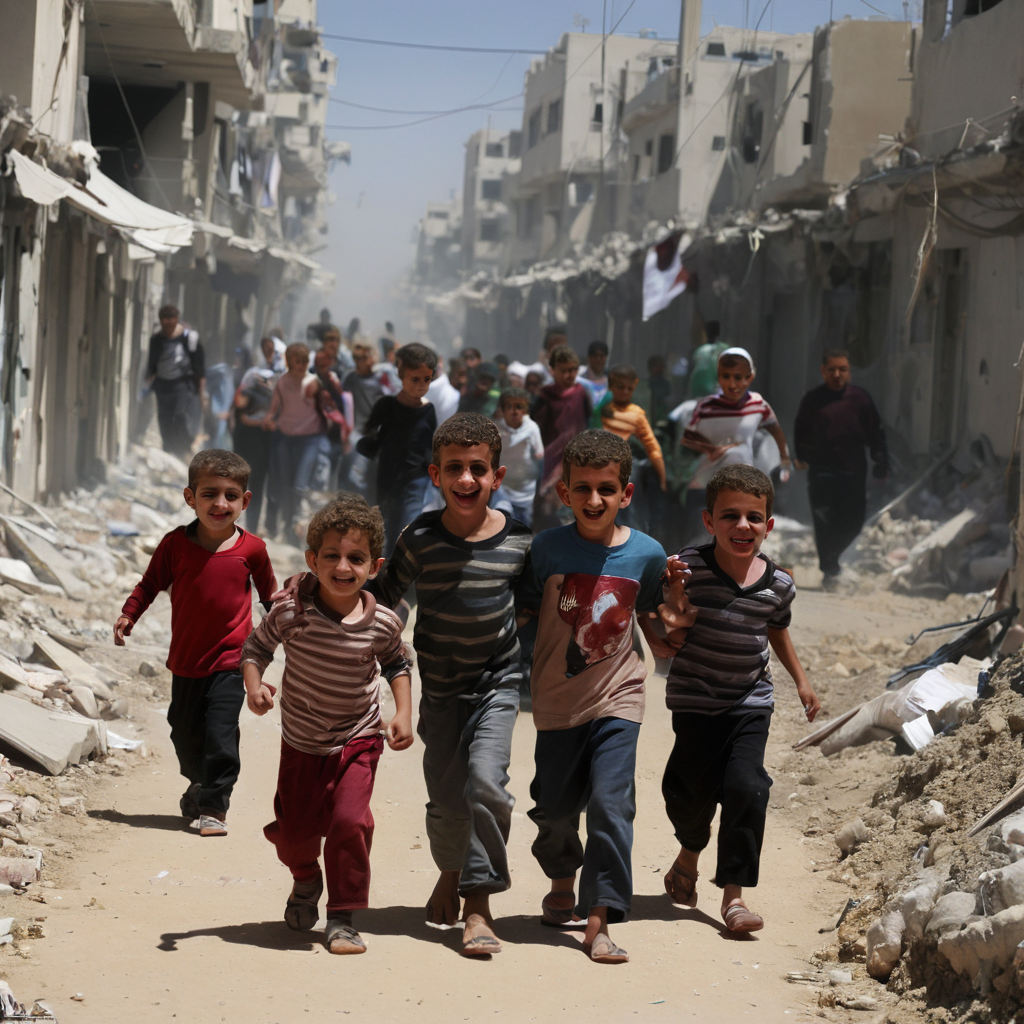UNDP and UNESCWA Warn of Soaring Poverty in Palestine Amid Conflict
In contrast, the Non-Restricted Early Recovery (NRER) scenario proposes lifting restrictions on Palestinian workers and restoring withheld revenues.

A new assessment launched today by the United Nations Development Programme (UNDP) and the UN Economic and Social Commission for Western Asia (UNESCWA) forecasts a staggering increase in poverty in the State of Palestine, predicting that 74.3% of the population will live in poverty by 2024, impacting approximately 4.1 million individuals, including 2.61 million newly impoverished people.
The report, titled Gaza War: Expected Socioeconomic Impacts on the State of Palestine, anticipates a 35.1% contraction in gross domestic product (GDP) compared to a no-war scenario, with unemployment potentially soaring to 49.9%. This assessment builds upon previous analyses published in November 2023 and May 2024, employing Multidimensional Poverty indicators to evaluate the extent of deprivation and offering insights into recovery prospects post-ceasefire.
Achim Steiner, UNDP Administrator, emphasized the gravity of the situation, stating, “Projections in this new assessment confirm that amidst the immediate suffering and horrific loss of life, a serious development crisis is also unfolding.” He noted that even with ongoing humanitarian aid, the economy may not recover to pre-crisis levels for a decade or more. Steiner called for a robust early recovery strategy integrated within the humanitarian assistance phase to lay the groundwork for sustainable recovery.
The assessment outlines three scenarios for early recovery. The first two—Restricted Early Recovery (RER) and No Early Recovery (NER)—consider the continuation of stringent bans on Palestinian workers and withholding of “clearance revenues” from the Palestinian Authority (PA). Under these scenarios, recovery to pre-war levels would take at least 10 years, underscoring the insufficiency of relying solely on humanitarian aid.
In contrast, the Non-Restricted Early Recovery (NRER) scenario proposes lifting restrictions on Palestinian workers and restoring withheld revenues. This approach, coupled with $280 million in humanitarian aid and an additional $290 million for recovery efforts, could potentially boost productivity by 1% annually, significantly alleviating poverty and reducing unemployment to 26%.
Key findings from the assessment include:
By the end of 2024, the Human Development Index (HDI) for Palestine could drop to 0.643, reflecting a regression to levels not seen since 2000—a setback of 24 years.
For Gaza, the HDI is projected to fall to 0.408, mirroring conditions from 1955 and erasing over 69 years of progress.
The HDI for the West Bank is expected to decline to 0.676, representing a loss of 16 years and likely worsening if military actions increase in the region.
The Multidimensional Poverty Index (MPI) for the State of Palestine is projected to rise from 10.2% in 2017 to 30.1% in 2024, with significant deterioration in housing, service access, and safety.
The report warns that the conflict has exacerbated deprivation across multiple dimensions, including freedom of movement, financial resources, healthcare access, and education enrollment. The number of people living in multidimensional poverty has more than doubled, escalating from 24.1% to 55.4% since 2017.
Rola Dashti, ESCWA Executive Secretary, echoed the urgency of the situation, stating, “It is high time to end the suffering and bloodshed that have engulfed our region. We must unite to find a lasting solution where all peoples can live in peace, dignity, and reap the benefit of sustainable development.”
The assessment underscores the critical need for a comprehensive recovery and reconstruction strategy that combines humanitarian assistance with strategic investments and lifted economic restrictions to realign the Palestinian economy with its development goals by 2034. Without a robust recovery plan, the outlook for the Palestinian economy and its people remains bleak, with long-term implications for stability and development in the region.
- READ MORE ON:
- United Nations Development Programme
- UNESCWA
- Palestine










